Database Design and Development Report - NIT5130, Semester 2
VerifiedAdded on 2023/06/04
|8
|735
|165
Report
AI Summary
This report details the design and development of a database system, likely for a volunteer management scenario. It begins with an overview of the business rules governing the system, followed by an explanation of database normalization principles. The report includes an Entity-Relationship (ER) diagram illustrating the database structure, along with detailed data dictionaries for each table, specifying attributes, data types, and key constraints. Tables for Students, Members, Services, Jobs, Volunteers, and Roster are defined, outlining their respective attributes and relationships. The document also provides a bibliography of relevant sources used in the development of the database design. The assignment demonstrates practical application of database design principles, including normalization and ER modeling.
1 out of 8
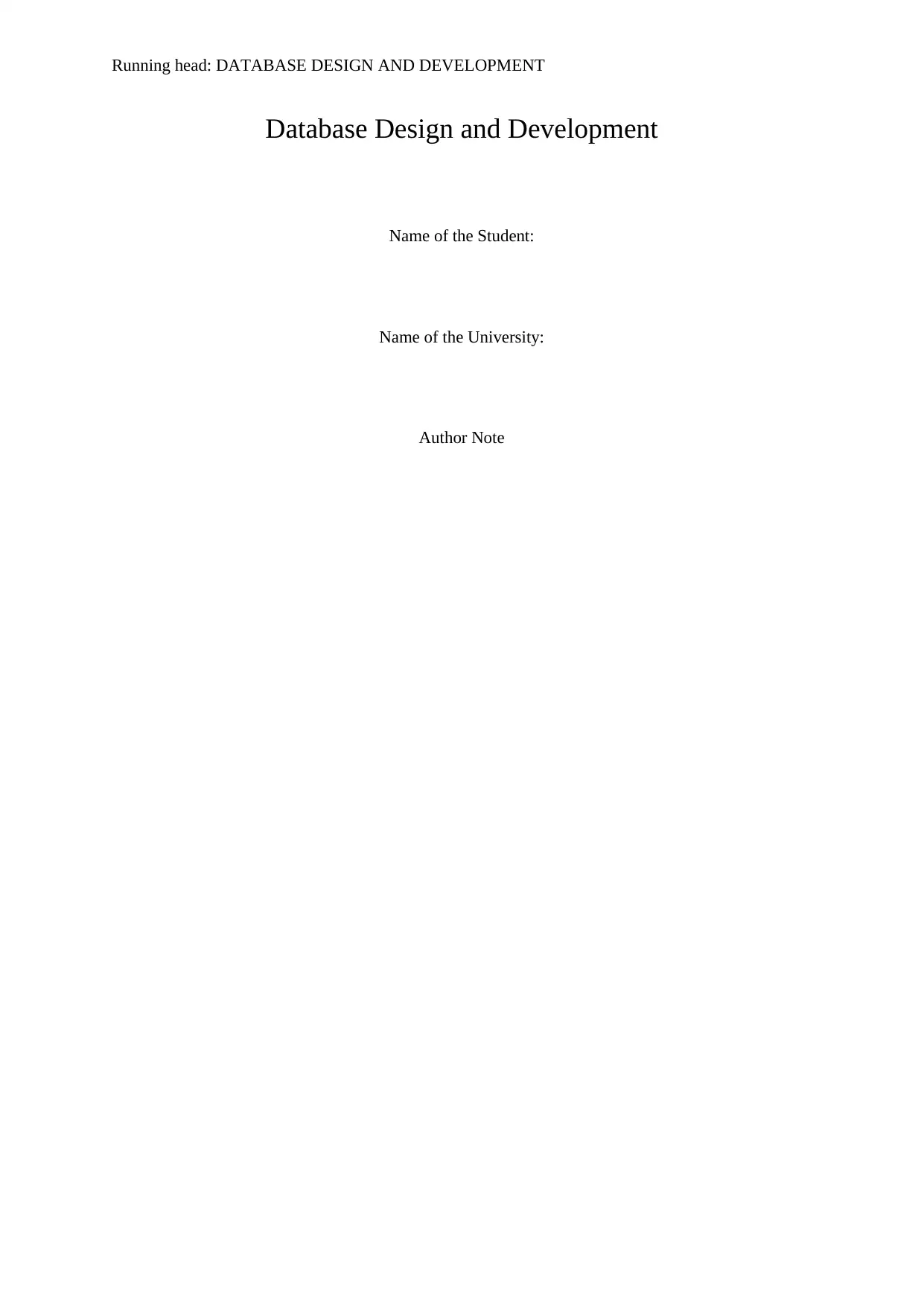
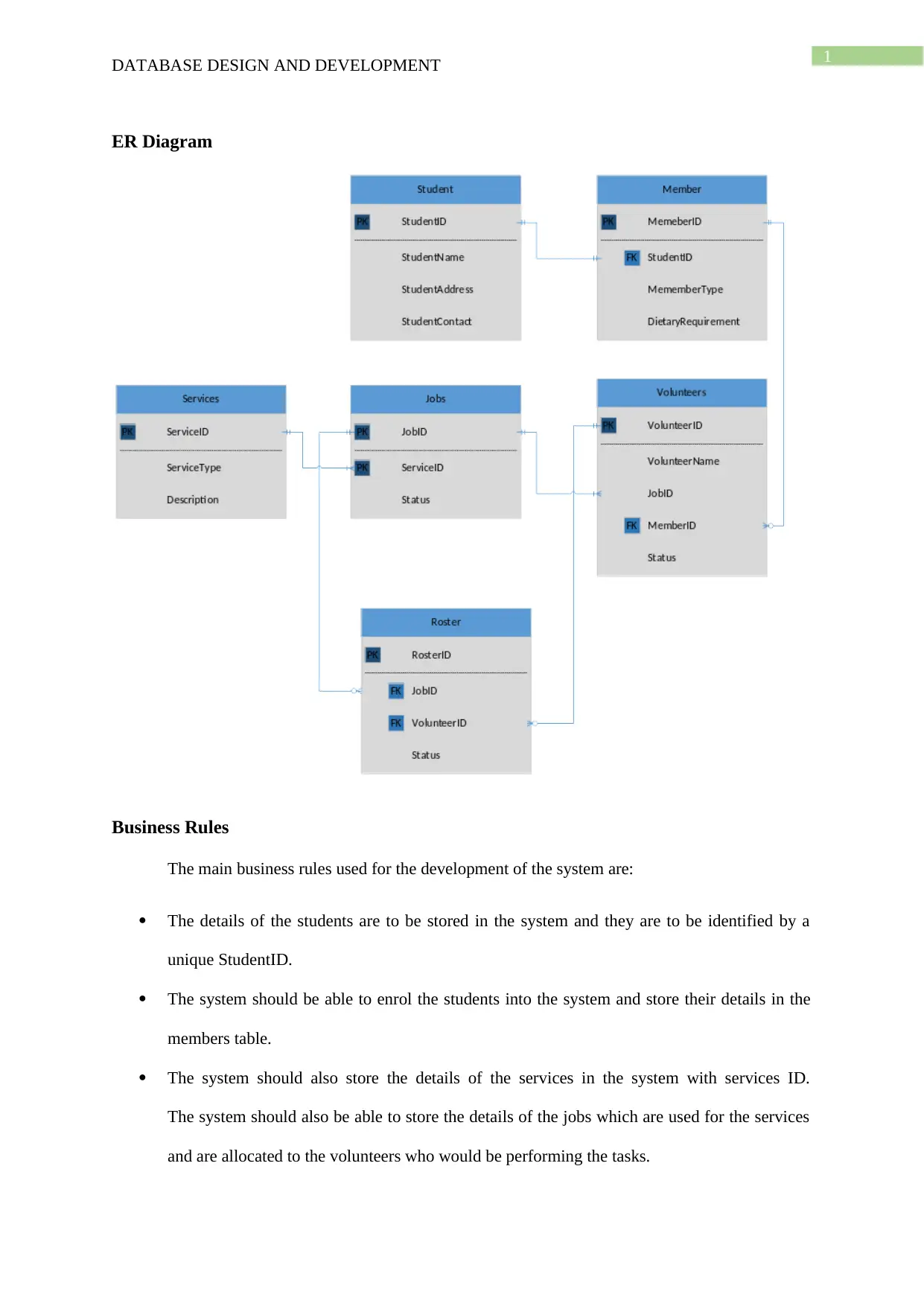
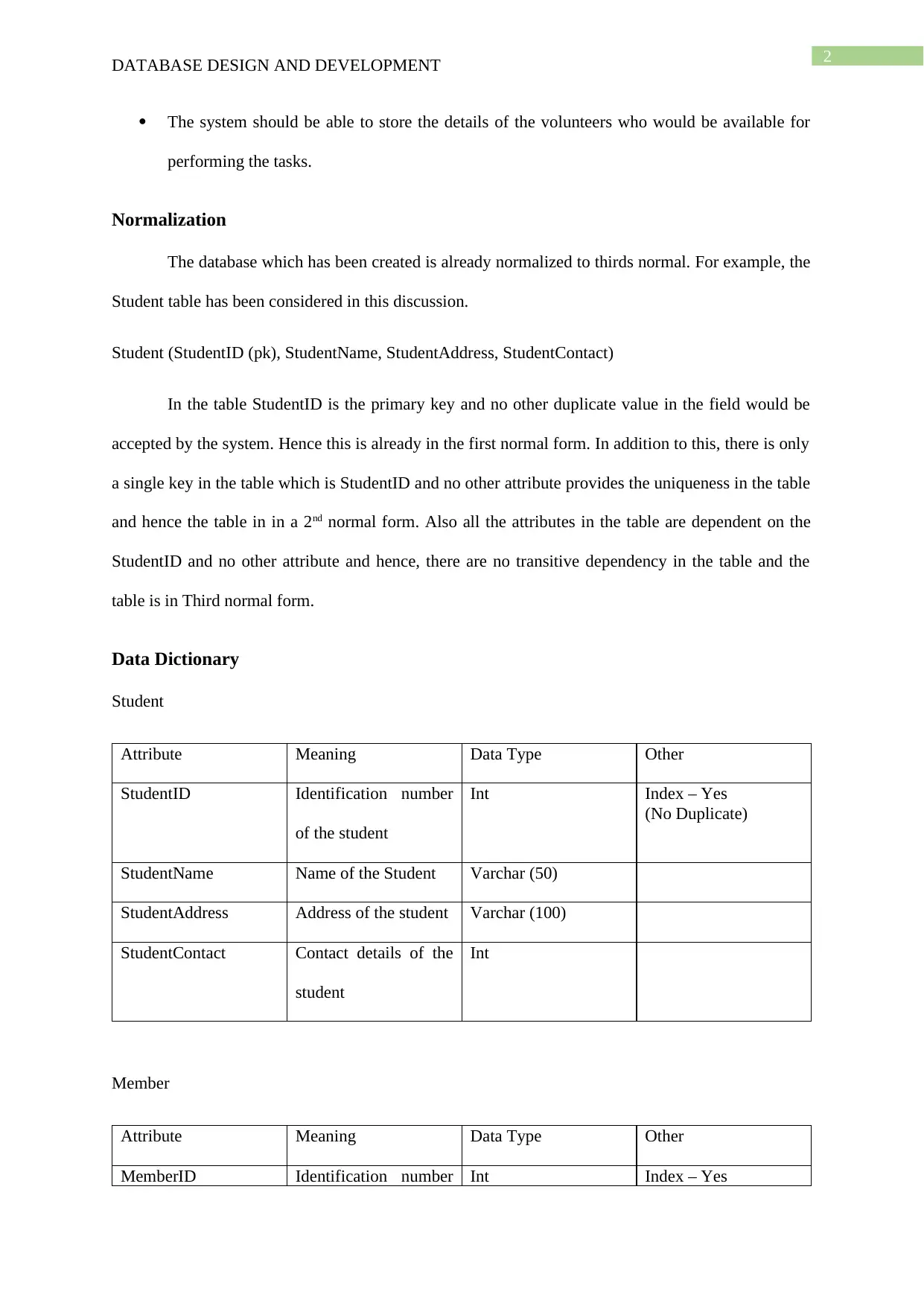

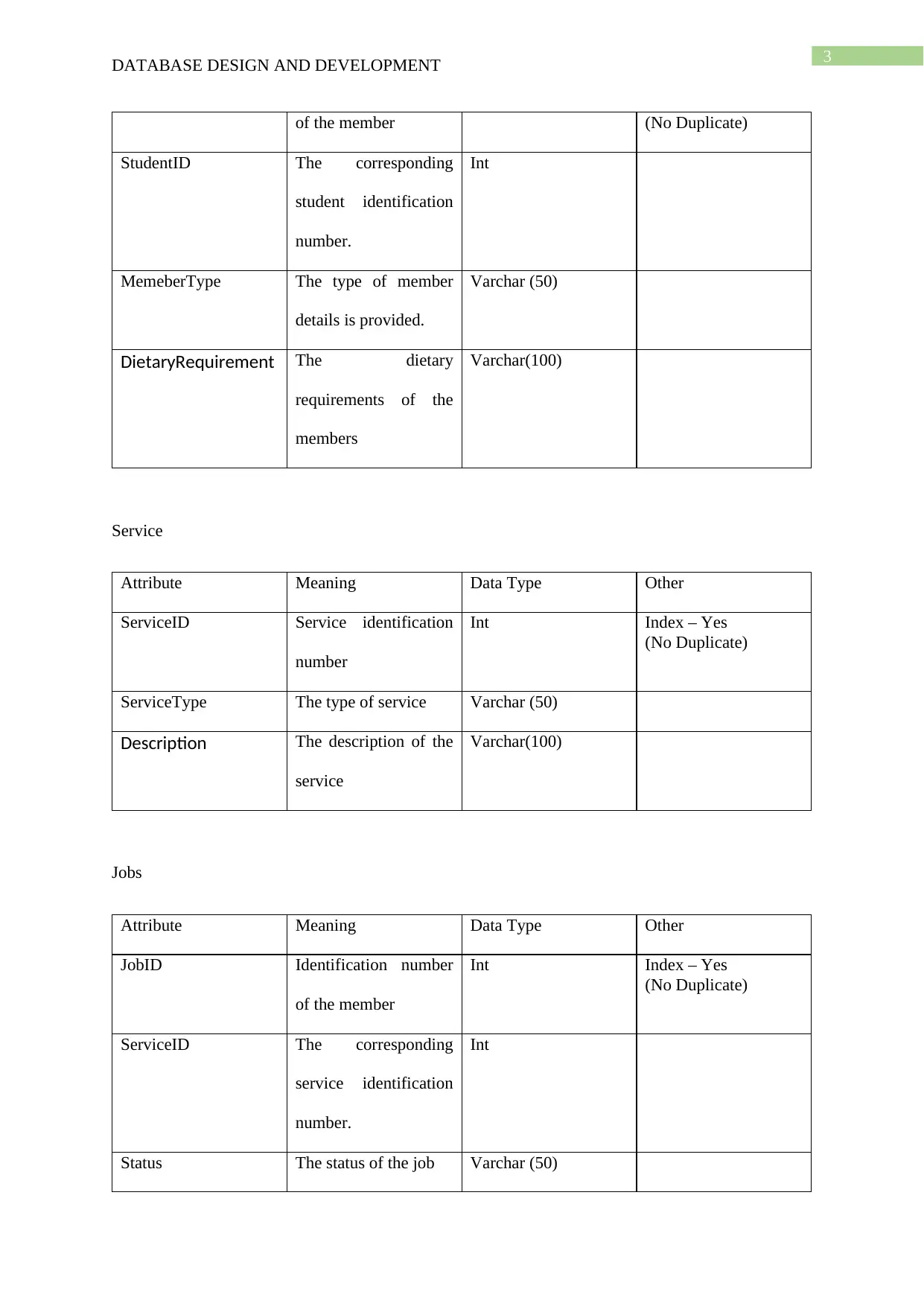
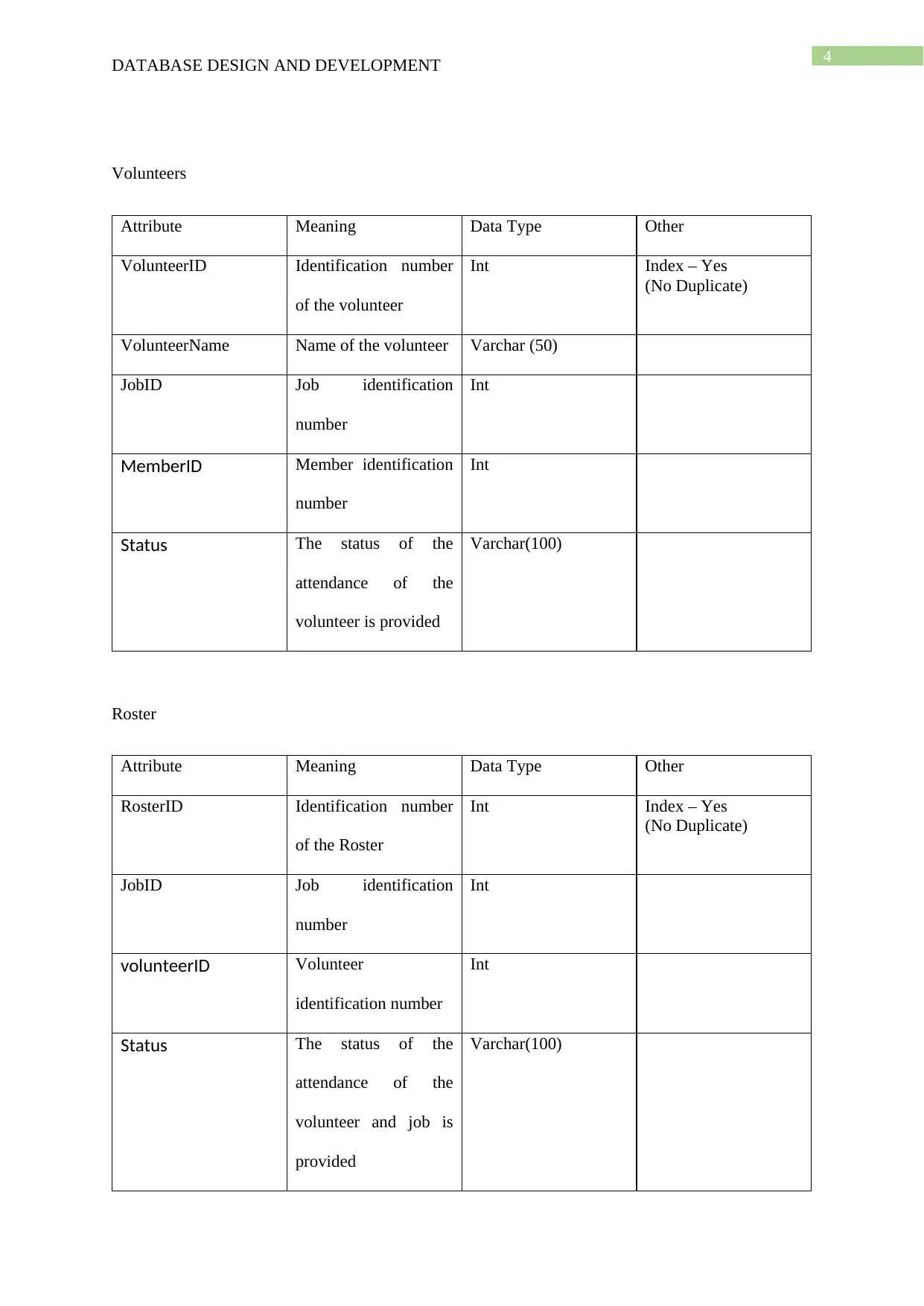
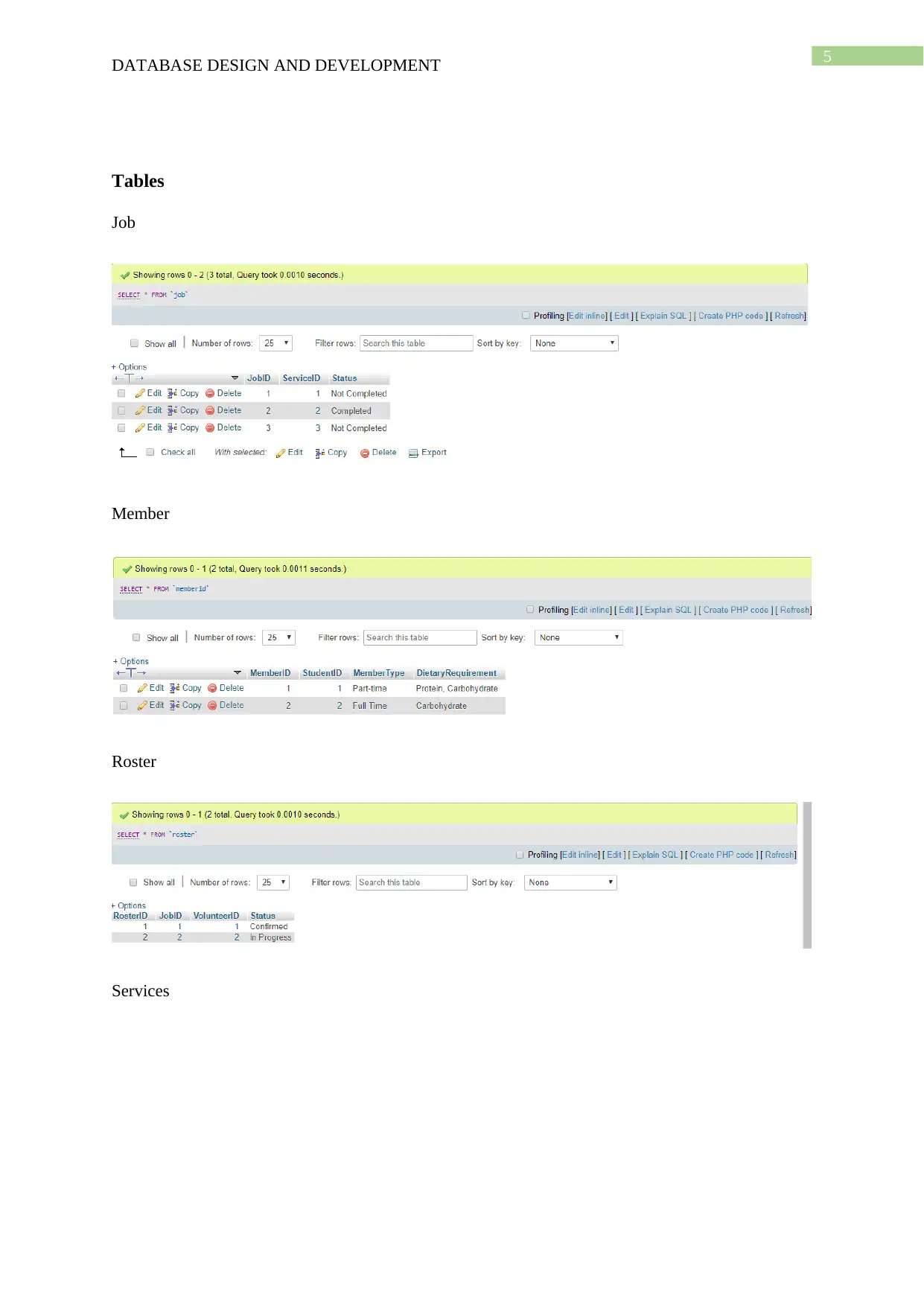
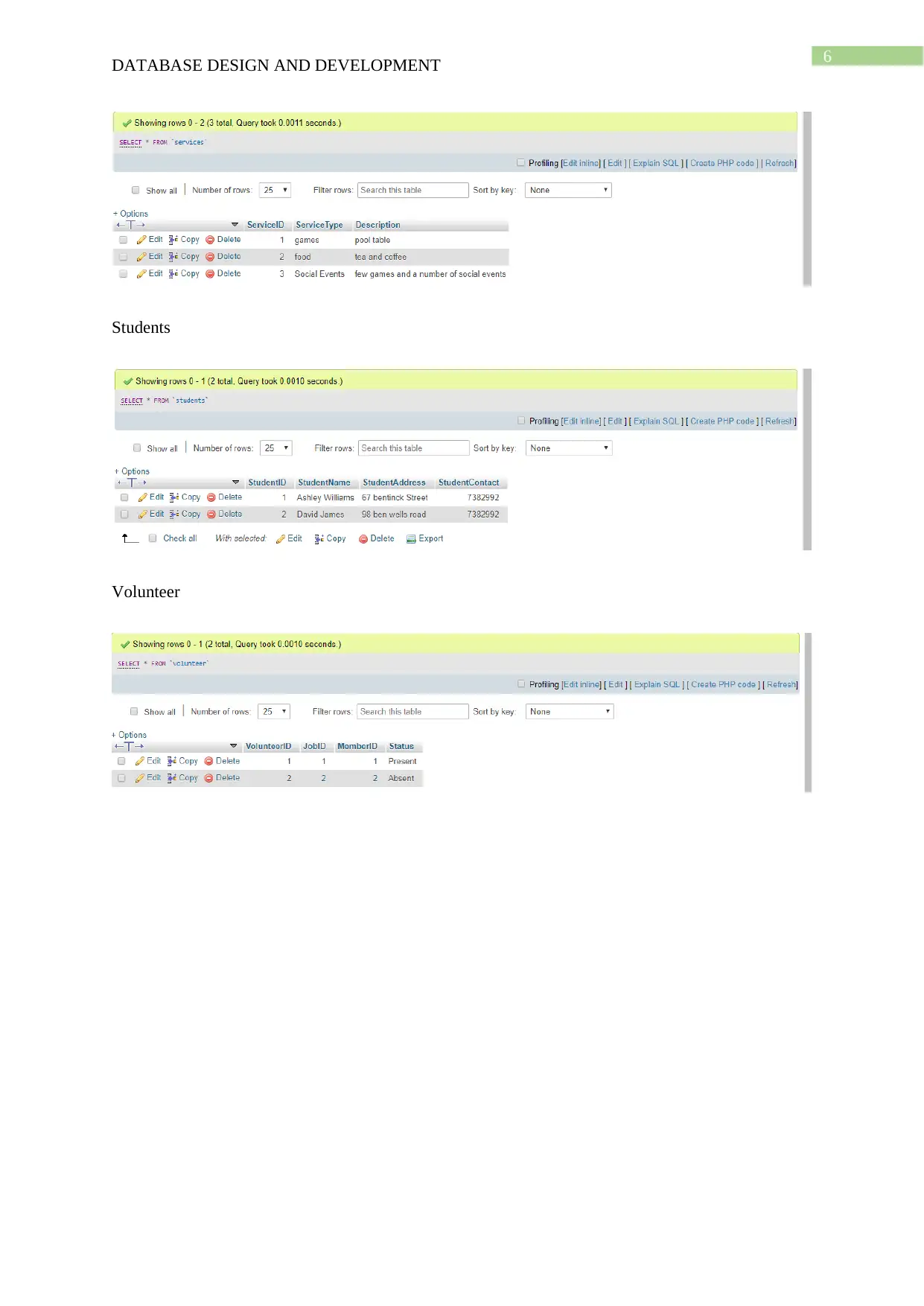
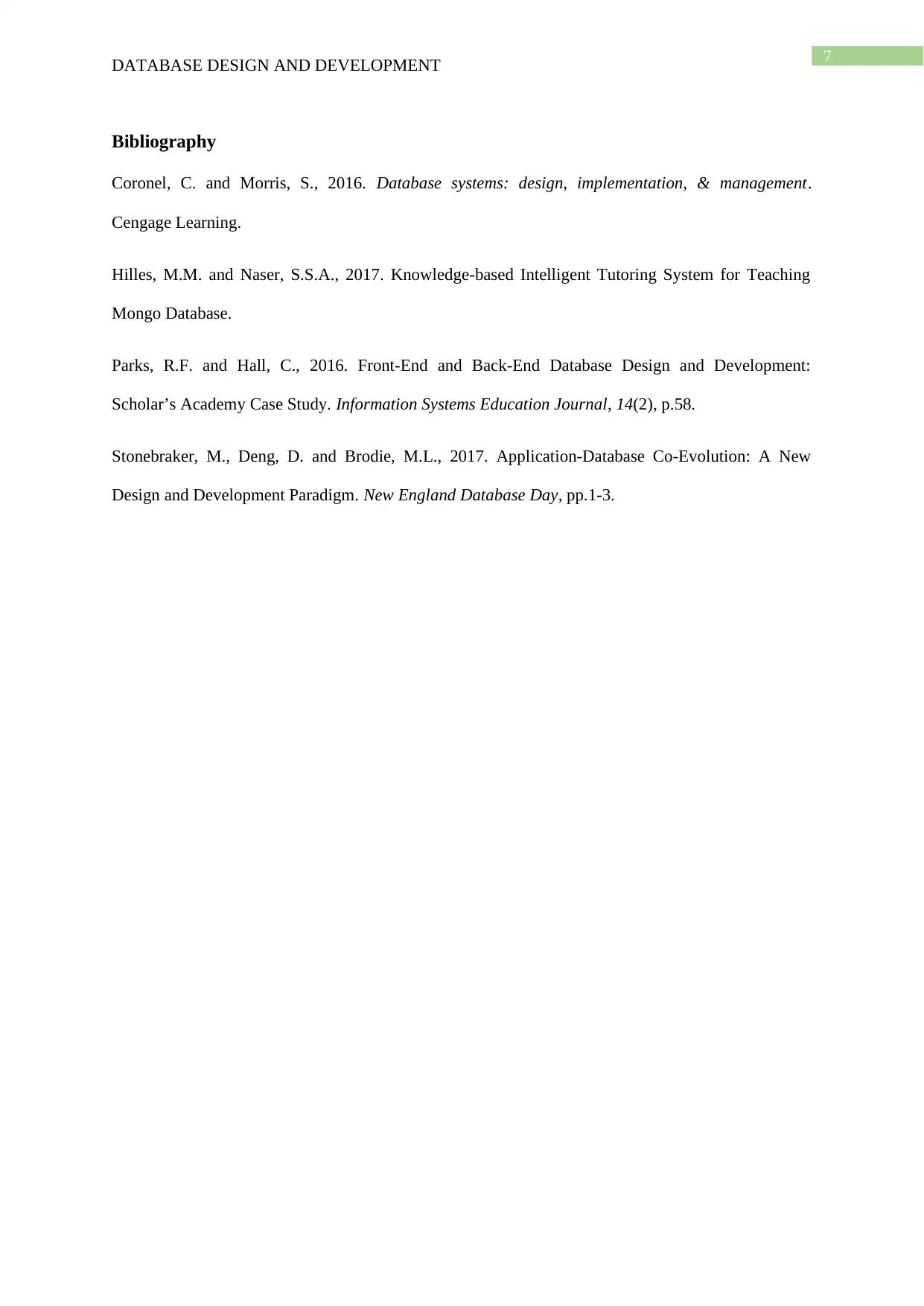






![[object Object]](/_next/static/media/star-bottom.7253800d.svg)